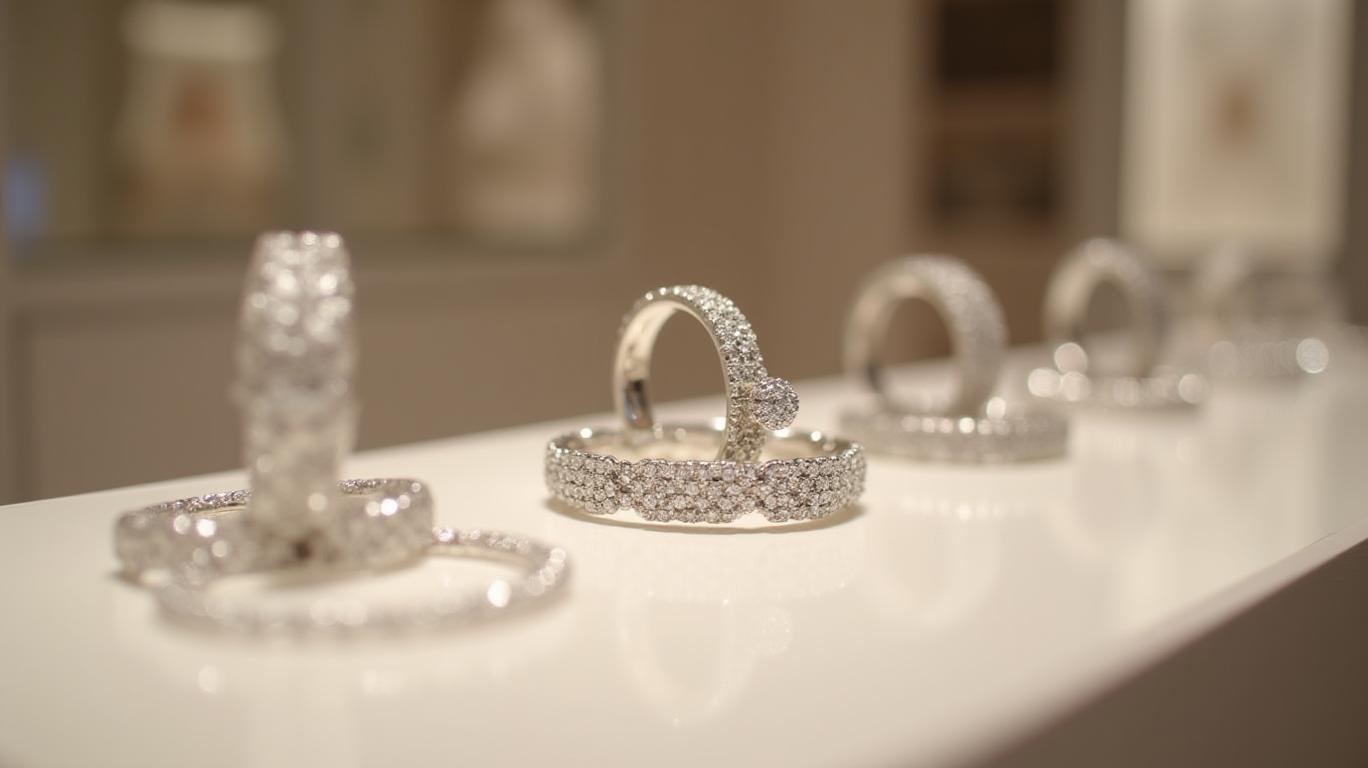Pandora's Tariff Tightrope: Pricing Pressures and the Unviable U.S. Shift
Pandora, the Danish jewelry giant, faces a critical crossroads as tariffs loom over its Asian supply chain, threatening to upend its pricing strategy and growth trajectory. CEO Alexander Lacik’s recent warnings underscore the precarious balance between maintaining affordability and absorbing escalating costs—a dilemma that could reshape the affordable luxury market.
Tariffs and the Price Hike Paradox
The proposed U.S. “reciprocal” tariffs on imports from Thailand, Vietnam, India, and China—Pandora’s primary manufacturing hubs—could climb to 26%–46%, a stark contrast to the current 10% rate under a 90-day pause. Lacik has made it clear: if these tariffs take effect, price hikes are inevitable. A plain sterling silver bracelet, currently priced at $75, and lab-grown diamond rings starting at $200 could face significant increases.
The CEO’s analysis hinges on the tariff threshold: at 10%, Pandora can absorb costs without passing them to consumers. But beyond 26%, the math breaks down. “If these tariffs remain, it’s going to be more expensive for everybody that plays,” Lacik stated, emphasizing the industry-wide ripple effects. A hypothetical 30% tariff could force Pandora to raise prices by an unspecified but substantial margin—a move that risks alienating its price-sensitive customer base.
Why U.S. Production Fails the Cost-Benefit Test
Lacik has ruled out shifting production to the U.S., citing prohibitive labor costs and a lack of skilled artisans. The company employs 15,000 artisans in Thailand alone—a talent pool absent in the U.S.—and estimates that domestic production would require “significantly higher” retail prices. For Pandora, whose brand identity hinges on affordability, this is a non-starter.
The CEO’s skepticism extends to the unpredictability of tariff policies. “The more worrying thing… is that it’s not predictable,” he noted, highlighting the challenges of long-term planning. This uncertainty has already forced Pandora to lower its operating profit margin forecast by 50 basis points to 24%, with further adjustments pending clarity on tariffs.
Navigating the Supply Chain Minefield
To mitigate risks, Pandora is rerouting shipments through Canada and Latin America to bypass U.S. tariffs, while also shifting sourcing for point-of-sale materials. These moves aim to preserve margins without immediate price hikes. However, Lacik admits the final impact on pricing remains unclear, stating, “I don’t know” the exact outcome.

The Financial Crosscurrents
Pandora’s 2025 organic growth target of 7%–8% appears ambitious given the headwinds. While the company remains confident in its global expansion, the lowered margin forecast reflects the toll of a weakening U.S. dollar. A 50-basis-point reduction from 24.5% to 24% may seem modest, but for a margin-sensitive industry, it signals vulnerability to macroeconomic shifts.
Investors must also weigh Pandora’s valuation against peers. As of Q3 2023, its price-to-earnings (P/E) ratio of 18.5 lags behind Tiffany & Co. (26.2) and Cartier’s parent company, LVMH (30.1), suggesting skepticism about its ability to navigate tariff risks without sacrificing growth.
Conclusion: A Delicate Balance of Risk and Reward
Pandora’s path forward hinges on two variables: tariff outcomes and consumer tolerance for higher prices. With a 2025 growth target tied to its core affordable luxury segment, any misstep could erode market share. The company’s decision to forgo U.S. production—despite political pressures—reflects pragmatic cost management, but its supply chain workarounds may only delay, not prevent, price hikes.
Financially, the 50-basis-point margin cut and rerouted supply chains signal a defensive posture, while the stock’s underperformance relative to peers underscores investor caution. For investors, Pandora’s story is one of cautious optimism: its brand strength and global reach remain intact, but tariffs and currency headwinds could test its ability to deliver on growth. The verdict? Pandora’s tightrope walk will require precise execution—and a little luck—to land safely in 2025.

Comments
No comments yet